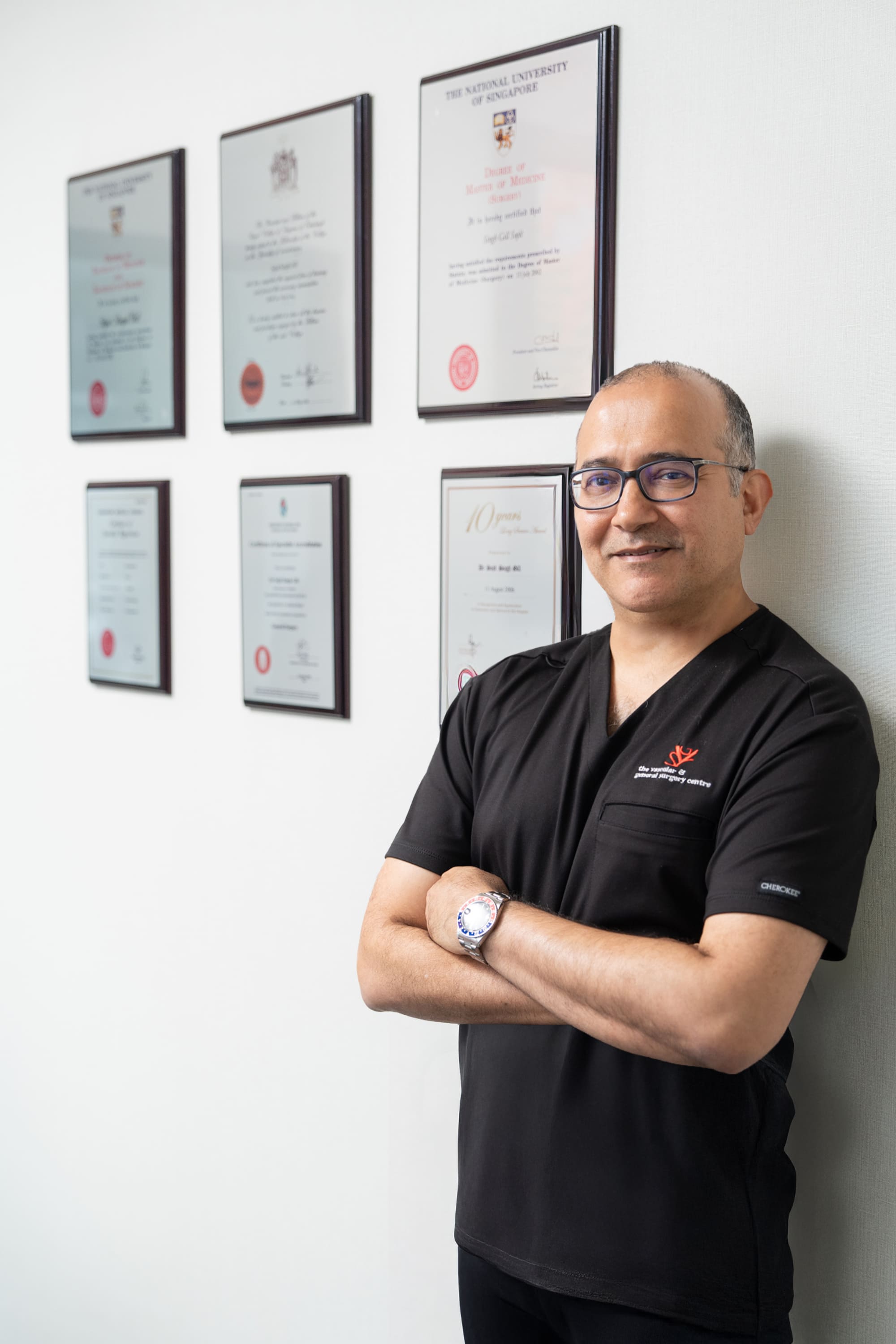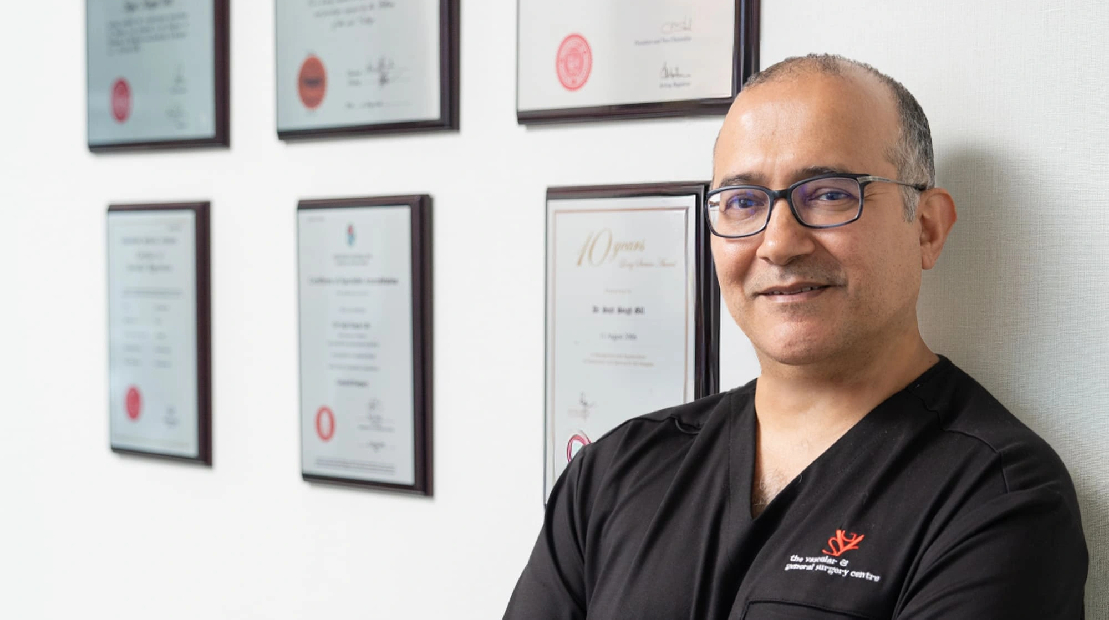FAQs
When should I be concerned about a lump or bump?
You should be concerned about a lump or bump if it:
- Increasing in size
- Is hard or immovable
- Causes pain or discomfort
- Is accompanied by other symptoms, such as fever, unexplained weight loss, or changes in skin colour or texture.
Are all lumps and bumps cancerous?
No, not all lumps and bumps are cancerous. Most lumps and bumps are benign (non-cancerous).
Can I prevent the development of lumps and bumps?
It is not always possible to prevent the development of lumps and bumps, but there are some steps you can take to reduce your risk:
- Maintain a healthy lifestyle: eating a balanced diet, exercising regularly, and avoiding tobacco and excessive alcohol consumption
- Practise good hygiene: keeping your skin clean and dry
- Protect your skin: minimise sun exposure and use sunscreen
- Avoid skin trauma: take precautions to prevent injuries to the skin
Do all lumps and bumps have to be treated surgically?
No, the treatment for a lump or bump depends on the underlying cause and whether it is causing any symptoms or complications. Your doctor will determine if surgery is necessary based on the specific characteristics of the lump.
Can lumps and bumps come back after being removed?
Yes, lumps and bumps can sometimes return after removal, depending on the type of growth and treatment effectiveness. Be sure to speak with the doctor regarding your individual case.





